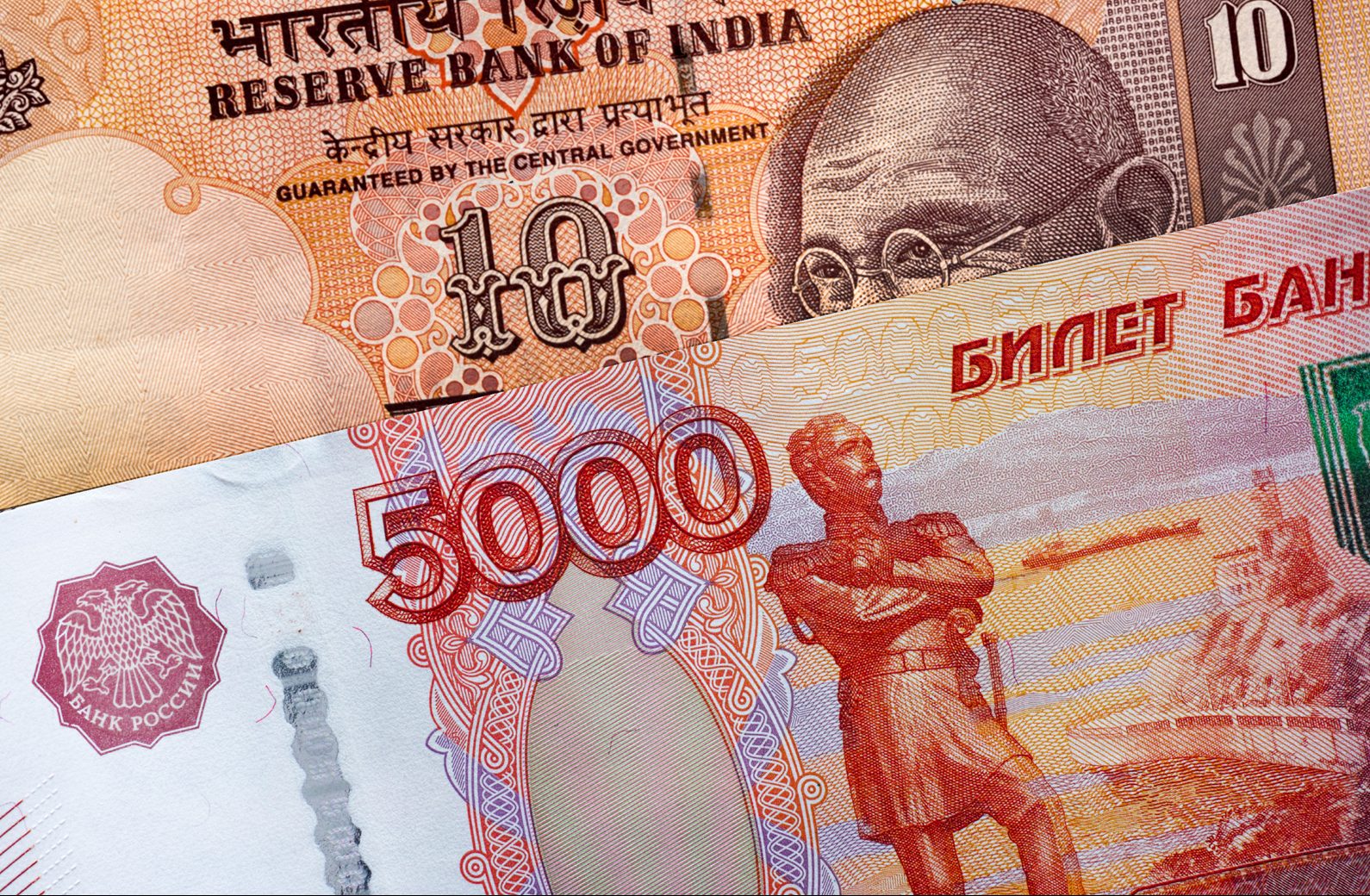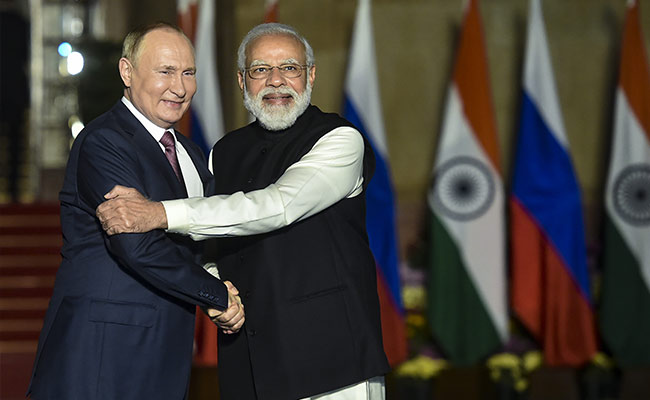Russia’s foreign minister Sergei Lavrov’s comments come a day after the news agency Reuters reported, citing two unidentified Indian government sources, that efforts between India and Russia to settle bilateral commerce in rupees have been discontinued after months of talks failed to persuade Moscow to keep rupees in its reserves. Later, though, the reports were refuted by both nations.

Sergei Lavrov, the foreign minister of Russia, claimed on Friday that his country had accumulated billions of rupees in Indian banks that it is unable to spend. On the eve of the Shanghai Cooperation Organisation (SCO) meeting, Lavrov told reporters in Goa that this was an issue.
“We need to use this money. But for this, these rupees must be transferred in another currency, and this is being discussed now,” he said, as per the report.
India’s Russian Oil Rush: Imports Surge, Exports Slump
In the first eleven months of the 2022–23 fiscal year, India’s total exports to Russia decreased by 11.6% to $2.8 billion, while imports increased by nearly five times as much to $41.56 billion, according to data from the Ministry of Commerce and Industry. In response to the West’s rejection of Russian oil during the past year due to President Vladimir Putin’s invasion of Ukraine, Indian refiners have been snatching up discounted Russian oil.
India’s imports of Russian crude reached a record 1.68 million barrels per day in April, up six times from the previous month, according to data intelligence company Vortexa Ltd.
In the wake of sanctions imposed on Russian banks and a prohibition on SWIFT messaging operations, the Kremlin first urged India to engage in currency trading.
However, ideas for a Rupee-Ruble arrangement for oil imports were abandoned due to the Ruble’s instability shortly after the start of the war. Since the invasion of Ukraine, the US has pushed India to sever its ties with Moscow, but India has defied this effort.
The US dollar, which is the main currency for commodities and trade, was initially urged to be used as an alternative by Russia when it invaded Ukraine and was effectively expelled from the global financial system.
The UAE’s dirhams and rubles have been used by some Indian purchasers of Russian oil to speed up transactions.
Russia-India Weapons Trade Halted By Currency Dispute
Russia and India’s currency issue, which has also halted their bilateral shipments of weaponry, is still unresolved.
India won’t pay Russia in US dollars due of fear that it would face secondary penalties, and it won’t pay in rubles out of concern over paying a fair exchange rate for Russian rubles on the international market, sources told Bloomberg last month.
The article further stated that due to exchange rate instability, Russia will not accept Indian rupees. A proposal by New Delhi for Moscow to reinvest rupees from arms payments into Indian financial markets in order to prevent currency accumulation was also rejected by Moscow.

Other trade links with Russia have been hampered by currency issues. After first insisting on using the ruble, it has agreed to use the yuan to pay Bangladesh for a nuclear power facility.
Russia’s Trade Deficit: Billions Frozen
As a result of Russia’s trade deficit, “the volume of ‘frozen funds’ can reach tens of billions of dollars,” according to Alexander Knobel, director of the Institute of International Economics and Finance of the Ministry of Economic Development. India’s historically high total trade deficit makes things worse by making it more difficult to settle accounts with third countries.

Russia is India’s top supplier of weaponry and military equipment, but the South Asian country’s defence purchases have halted due to a lack of a payment method that doesn’t violate US sanctions.
Over $2 billion in Indian payments for weapons have been stalled for about a year because New Delhi is hesitant to accept rupee payments from Russia and is unable to settle the bill in dollars out of fear of secondary penalties.













